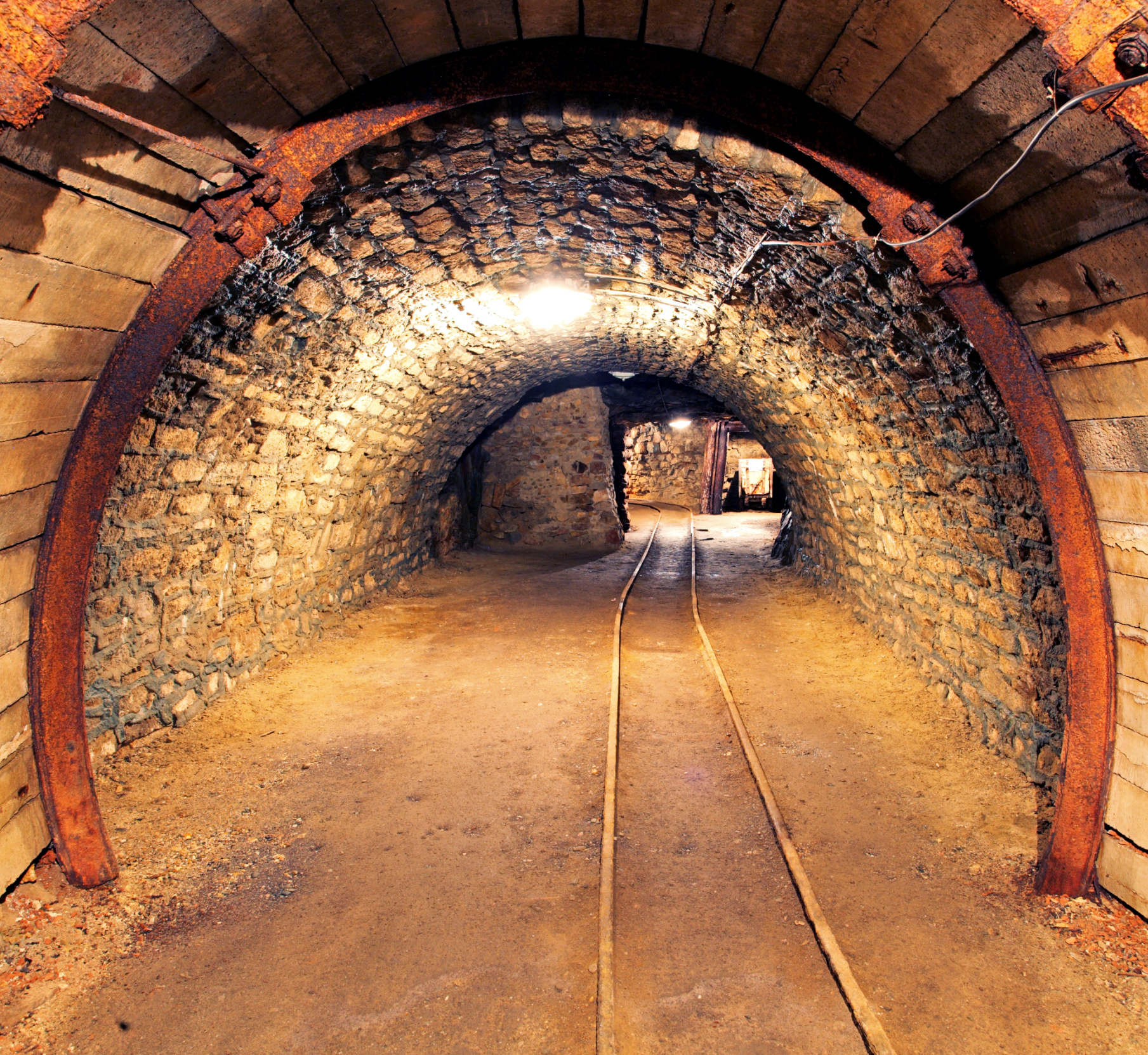Commodities & Metals
Freeport-McMoRan Downgrade Seems Very Late, May Dash Recovery Hopes

Published:
Last Updated:

Freeport-McMoRan Inc. (NYSE: FCX) has been battered during the commodity nosedive. Many analysts and investors have thrown in the towel now that shares are down about 80% from their 52-week high — and even worse than that versus its five-year high over $50.00. So what are investors supposed to make of an analyst downgrade coming out now?
The independent research firm Argus has decided to downgrade Freeport-McMoRan on Wednesday, down to Hold from Buy. The reason: a weak near-term outlook. Many of the assumptions for this downgrade will now seem late. Still, what this downgrade signals is that a lot of things have to go right for the Freeport-McMoRan bulls to see a good payday here.
Freeport-McMoRan shares were already down 30% or so in 2016. That is of course awful, but it is far worse than the decline of about 10% for the S&P 500 Materials index. That drop of close to 80% in the past year is versus an index drop of about 19%.
The Argus downgrade acknowledges that Freeport-McMoRan is taking steps to realign its mining operations and strengthen its financial position. Still, this report shows an expectation for continued weak earnings in the near term to be driven by low copper and oil prices.
Argus sees a risk that Freeport-McMoRan shares could fall toward $3.50 if commodity prices continue to trend lower over the next few months. The company already has suspended its common stock dividend to conserve cash during the current industry downturn. It is also taking steps to lower debt, cut capital spending and realign mining operations.
Assuming that commodities trend lower for the next few months, we believe that Freeport-McMoRan shares could fall below $3.50. On the positive side, if commodity prices stabilize and the company is able to substantially reduce its debt load, the shares could move back above $7.00. Given this risk/reward ratio, we believe that a Hold rating on Freeport-McMoRan is now appropriate.
Note that this is one of those analyst downgrades that seems quite late. That being said, the reality is that there are some scary issues here. “Secular decline in copper” is not good, and if you go outside of Argus it is nearly impossible to find many analysts and investors calling for a sudden and massive recovery in China and in commodity prices.
Another big concern is not just earnings pressure at Freeport-McMoRan. The company’s fourth quarter was an actual loss. Revenue was also down by 28% — perhaps with no real recovery in sight:
Freeport-McMoRan’s net cash costs for copper were $1.45 per pound, down only 1% from a year earlier. While the company has additional plans to lower its massive debt and is exploring potential asset sales and joint ventures, it seems to be a wonder of who will step up to the plate to bite here.
Management had forecast the following demand for 2016: 5.1 billion pounds of copper, 1.8 million ounces of gold, 73 million pounds of molybdenum and 57.6 million barrels of oil equivalent.
Here is just how bad Argus sees things getting for Freeport-McMoRan. Its 2016 earnings per share (EPS) target was slashed from $1.12 to $0.04. The current 2016 consensus is $0.04 per share. Argus also issued a 2017 EPS estimate of $0.65, versus the 2017 consensus of $0.71. The problem is that this estimate assumes modestly higher prices in copper, gold and molybdenum and lower unit copper costs next year. What if prices do not recover, and what if Freeport-McMoRan cannot lower its cost basis very much or if it cannot sell assets or find venture partners at favorable terms?
During the 2008-2009 recession, copper producers curtailed production and closed high-cost operations. At the same time, they continued to see relatively strong emerging market demand. This led to an overall improvement in copper pricing from about $1.25 per pound in early January 2009 to more than $4.38 per pound in late July 2011. However, since then, copper prices have generally moved lower, reflecting concerns about global economic growth, heightened inventory levels, and weaker demand in China. Copper currently trades near $2.06 per pound. … On a fundamental basis, peer and historical ratio comparisons are not very useful given current commodity price trends and the company’s weak outlook for sales and earnings.
Then there is the consideration of Freeport-McMoRan’s total debt load of some $19.8 billion. Debt was up over $1 billion from a year earlier, while its balance of cash and equivalents shrank to $224 million from $464 million. The company also had availability of $4.0 billion under its revolving credit facility.
Investors have decided to ignore this downgrade, due in part to a rally in oil, with the stock last seen up 7% at $4.65. Freeport-McMoRan shares have a 52-week range of $3.52 to $23.97, and the consensus analyst price target is now down to $7.25.
Retirement can be daunting, but it doesn’t need to be.
Imagine having an expert in your corner to help you with your financial goals. Someone to help you determine if you’re ahead, behind, or right on track. With SmartAsset, that’s not just a dream—it’s reality. This free tool connects you with pre-screened financial advisors who work in your best interests. It’s quick, it’s easy, so take the leap today and start planning smarter!
Don’t waste another minute; get started right here and help your retirement dreams become a retirement reality.
Thank you for reading! Have some feedback for us?
Contact the 24/7 Wall St. editorial team.